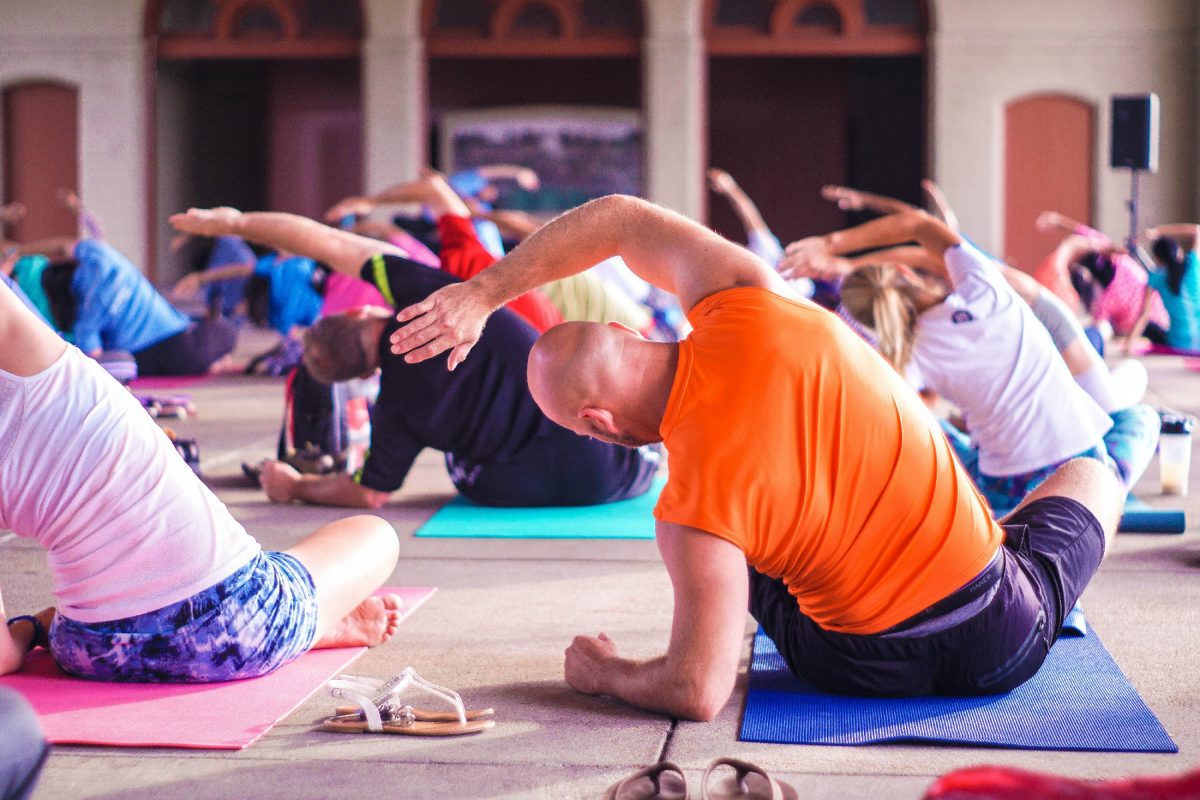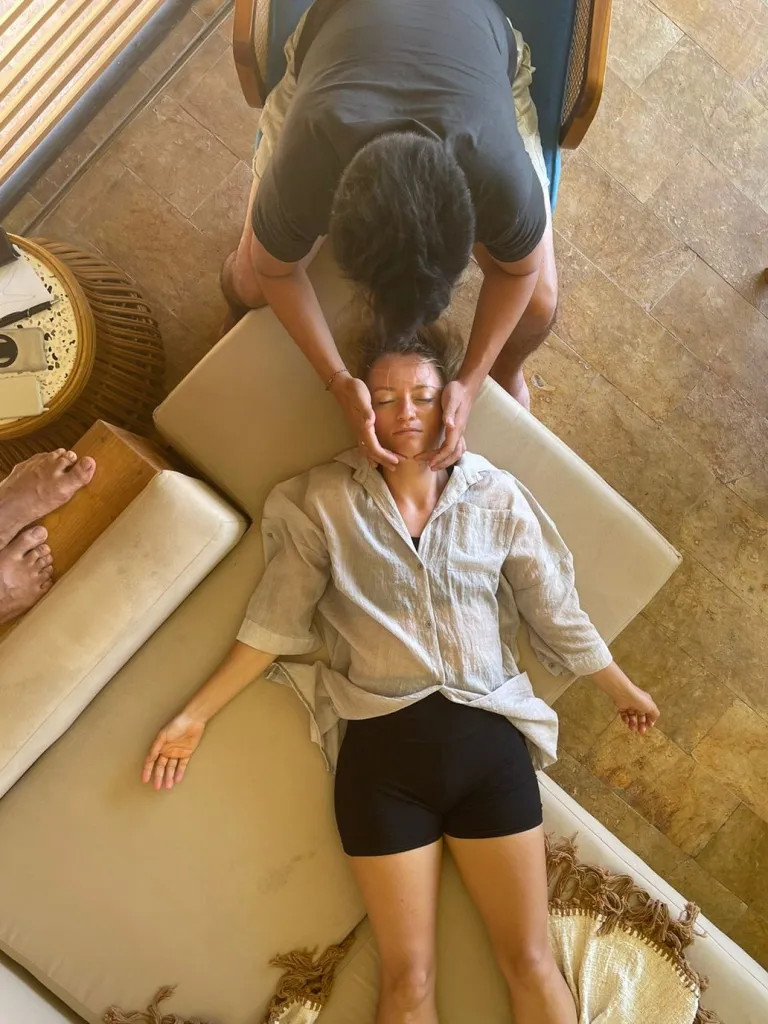A natural progression of CranioSacral Therapy is a process called SomatoEmotional ® Release (SER)
During traumatic or stressful periods, the body may retain the imprint of emotion in the tissues of the body. SomatoEmotional Release is a process of physically assisting the body in integrating these emotions through an interaction of the therapist’s touch and the client’s internal processes.
The forefather of CranioSacral Therapy, Dr Upledger, noticed that many of his patients whom received therapy would come back with similar problems until the emotional component was also released. He developed techniques that followed the body’s tissue release patterns until an emotional release would come about. This eventually was termed SomatoEmotional Release and is the case in many chronic conditions.
SER is unique in its approach to using manual therapy and touch to work with emotions. This is in contrast to the common idea that we need different situations and therapies for the physical compared to the mental emotional. This methodology allows us to integrate the hidden pieces of the psyche and move from illness and retained trauma to wellbeing, growth and healing.
What SER looks like
During a session your Therapist may at some point ask about how you are feeling, what you are sensing, what is happening in your body in that moment. Sometimes this can be quite a new concept, but it is actually just activating the powerful tool that is your imagination! People quickly get the hang of it and often describe things such as images, memories or anything else that they may be aware of in that moment. There are a few key signs that suggest to us there may be an emotional component linked to the place we are at in the moment, and by following this we have clues as to how to keep this process on track and ensure it is helpful.
We know that a radical change in physical health, whether for the better or the worse, is invariably accompanied by profound mental/emotional change. We also know from studies of behaviour and body language that the reverse is equally true – a major change in mental perspective is always accompanied by a change in body activity, posture and movement. SER and the tools of CST combine all aspects of human nature – physical, mental, emotional and spiritual – into one approach that can facilitate tremendous change and growth in a person’s life.


